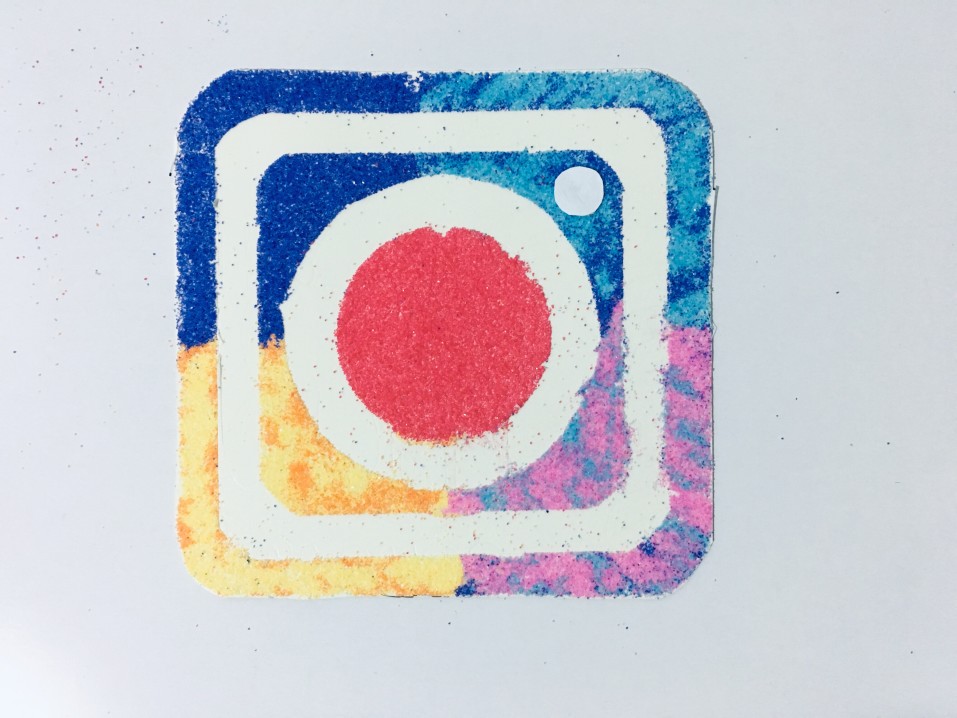What Does Impression Mean on Instagram?

Are you wondering what impressions on Instagram mean? Impressions are the number of times that your post or ad is displayed on a person's screen. This is different from the number of interactions, unique accounts, or followers you receive. Impression is a useful metric for tracking your marketing efforts. But do impressions actually matter? This article will explain the importance of impressions and their relationship with engagement.
Impressions are the total number of times your post or ad appears on screen
Instagram's metrics are all about impressions, which are the number of times your post or ad is seen by unique users. Impressions are the same for video ads and image ads, and count the number of times a user scrolls past a particular piece of content. However, impressions are different than reach because Facebook counts the number of times a user sees a post or ad, while Instagram counts the total number of times a user views your ad.
Impressions are different from reach because they can include the same user multiple times, while reach only includes those that engage with your content. As a result, reach can never be higher than impressions. So it's best to focus on boosting brand awareness and visibility with your Instagram ad to ensure the highest possible engagement. But don't worry. There are many ways to increase impressions in Instagram, and they all start with improving brand awareness.
Instagram impressions are an important measure of the effectiveness of your marketing campaign. It's important to note that impressions do not include unique views, so they can sometimes be misleading. Regardless of which metric you choose, it will help you gauge the success of your campaign. As a general rule of thumb, more impressions mean more exposure for your posts and ads.
Reach and impressions are two ways to track the effectiveness of your social media content. Impressions are the total number of times your post or ad appears on a user's screen. Reach refers to the number of unique people who have viewed a post or ad. Reach is used to calculate the reach of your posts and ads, while impressions measure the number of unique viewers.
They don't track interactions
If you want to see how many people interact with your posts, you can try checking out Instagram's engagement rate. This metric gives you a good idea of how many people actually engage with your posts. While this number may not be perfect, it is more reliable than none at all. It shows how many people engaged with your post, which can help you improve your engagement rate. If you have a lot of followers, this metric is especially valuable.
Instagram's algorithm considers your activity when it determines which posts to show you. It measures how much time you spend on specific posts, and how many people tap your profile page. It then makes educated guesses about the type of content you should show. It also shows you posts from different accounts in chronological order. However, this doesn't mean that you can't see the posts that people like. There are some limitations to the app, so it's a good idea to read the rules carefully before following any account.
However, if you want to keep your information private, you can set up an account on Instagram. The site stores the names and phone numbers of people you follow and uses these to build a profile around your social activity. You can also control the type of data that Instagram can access. This data includes your email address and phone number. Fortunately, you can delete some of it if you wish. Currently, location is turned off in Instagram, but you can enable it by adding a location to a post. And don't forget to change the location setting on your phone.
In order to track interactions on Instagram, you must know the audience that your content is targeting. If your audience is comprised of only followers, you'll need to use a different approach. The more followers you have, the more likely it is that people will be interested in your content. This will increase your conversions. For example, if you post videos, you might not be able to measure how many people actually watch your videos. So, instead of focusing on video views, focus on the engagement rate, and track website clicks.
They don't track unique accounts
While Impressions count the total number of people who have seen your post, Reach is more valuable since it tracks unique accounts. It is better to focus on reaching unique accounts because posts with low reach will not generate much traffic. Reach includes both your posts and your profile, and the former will be more relevant to your marketing efforts. Here are some tips for using Instagram to increase your audience:
First, you should know what an Instagram impression is. Impressions refer to the number of times a post has been seen by an audience, not unique accounts. If a person views a post three times, that counts as three Impressions. The latter metric is considered a top-of-funnel metric, as the impressions of your posts don't track unique accounts. However, you should still use it when monitoring the reach and engagement of your posts.
Impression is a great way to gauge your marketing strategy. Not only does it give you valuable insight about which posts are performing well, but it also tracks how far your account has come in the past year. Impression numbers are useful in determining which posts are attracting the most attention. If you're interested in tracking growth, you can use impressions alongside other metrics to measure your account's overall performance.
Another way to measure your marketing success on Instagram is by tracking new followers. Instagram tracks new followers after a marketing campaign or collaboration. This means you can accurately track impressions and reach by logging into the app and tracking the number of times your profile is being visited. If your engagement is low, you might need to optimize your profile. You can also see which days your audience members are most active. This way, you can target your ads at the right time.
They don't track followers
Instagram impressions are not the only way to measure your success on the platform. If you want to know how many followers you have, you should use a tool like Hootsuite Impact, which can track your customer's journey. Follower growth rate is a good way to measure ROI because you can see the difference between people who like your posts and those who simply don't. To determine growth rate, compare your followers' number with the number you gained each month.
The number of impressions you get from an ad or content on Instagram is also useful, but it doesn't track unique users. Instagram's new Insights feature will show you how many times your content or ad is viewed. However, you should be aware that impressions do not track followers, so this number may not be enough to gauge the success of your campaign. You should check your ad or content's engagement with your followers and other metrics, such as views, to get a more accurate picture of how your posts are performing.
They don't track engagement
Did you know that Instagram doesn't track engagement? The new algorithm is the reason your posts aren't getting as much engagement as they should. The algorithm focuses on posting fresh, relevant content to users based on their interests. Posts from recent accounts with a lot of interactions are displayed above others. And posts from accounts with fewer followers aren't visible. So, you need to get your content seen by as many people as possible.
There's a much better way to measure engagement on Instagram. Instead of focusing on vanity metrics, consider looking at Click-Through Rate (CTR). By dividing website traffic by profile views, you can see how well your Instagram campaigns are performing. By tracking click-through rates, you can even see which content inspires more engagement, and improve your strategy based on the data you get. So, while you'll never be able to track engagement on Instagram, you can at least see whether or not your posts are attracting new followers.
Another way to measure engagement on Instagram is to look at the average number of likes, comments, and saves. This metric is the most effective for determining whether your content is interesting to your audience. However, don't get caught up in this metric. Rather, use it as a benchmark to measure your content's relevance. But, beware: Engagement rates may change over time. If you only track engagement rates in a week or month, you'll end up with inaccurate data.
While your engagement rate on Instagram isn't the highest in the world, you can still use it to improve your marketing strategies. The formula you use should be based on how many people have viewed your posts, whether it's a photo, video, or other content. This is a great benchmark to measure your level of customer satisfaction. If you want to increase engagement rates on Instagram, you should measure your posts' engagement rate.



